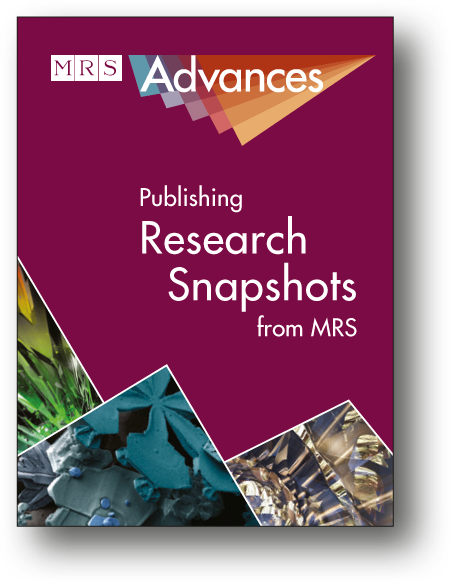
First report on cold-sprayed AlCoCrFeNi high-entropy alloy and its isothermal oxidation
Ameey Anupam, S. Kumar, Naveen M. Chavan, Budaraju Srinivasa Murty, Ravi Sankar Kottada
AlCoCrFeNi HEA coatings were cold-sprayed for the first time on Ni-base superalloy substrates. HEA coatings cold-sprayed at 400°C were oxidized at 1100°C for 25 h. The as-sprayed coating retained the mechanically alloyed phase. Upon oxidation the coating forms a protective alumina layer and an interdiffusion zone at the interface with unanticipated Mo diffusion from the superalloy substrate. Comprehensive characterization of the coating–substrate interface suggests that diffusion in HEAs is not sluggish. doi.org/10.1557/jmr.2019.38
Multiscale imaging and transport modeling for fuel-cell electrodes
Jasna Jankovic, Shawn Zhang, Andreas Putz, Madhu S. Saha, Darija Susac
Transport properties, performance, and durability of a proton exchange membrane fuel cell (PEMFC) depend on microstructure and spatial distribution of components in the gas diffusion layer (GDL), microporous layer (MPL), and catalyst layers (CLs) of the fuel cell. 3D imaging on multiple length scales was used to obtain 3D reconstructions of the actual CL, MPL, and GDL microstructures. Direct numerical simulations on 3D data sets with an upscaling approach demonstrated the capability to simulate overall electrical conductivity of the system. doi.org/10.1557/jmr.2018.458
Facile preparation of three-dimensional honeycomb nitrogen-doped carbon materials for supercapacitor applications
Hongjuan Zhang, Zunli Mo, Ruibin Guo, Nijuan Liu, Min Yan, Ruijuan Wang, Hangkong Feng, Xiaojiao Wei
Three-dimensional (3D) honeycomb nitrogen-doped carbon materials (3D-HNCMs) were fabricated for supercapacitor electrodes. 3D-HNCMs displayed a high specific capacitance, excellent cycling stability, a maximum energy density of 15.37 W h/kg, a maximum power density of 40.3 kW/kg, and low equivalent series resistance (2.1 Ω). The superior electrochemical properties of 3D-HNCM electrodes are attributed to the synergies provided by the high surface area, unique microporous and mesoporous structure, and nitrogen-doping. doi.org/10.1557/jmr.2019.86

Solvent-based fabrication method for magnetic, shape-memory nanocomposite foams
Karola Luetzow, Thomas Weigel, Andreas Lendlein
The authors fabricate polymeric foams containing dispersed magnetic nanoparticles. Adding the particles had no significant effect on the stiffness of the foam. Shape-memory triggered by environmental temperature changes or via inductive heating found that 5 wt% particles led to reasonable shape recovery under stress-free conditions. doi.org/10.1557/adv.2019.422
A three-dimensional atom probe microscope incorporating a wavelength-tuneable femtosecond-pulsed coherent extreme ultraviolet light source
Ann N. Chiaramonti, Luis Miaja-Avila, Paul T. Blanchard, David R. Diercks, Brian P. Gorman, Norman A. Sanford
The authors present a new entry to characterize nanoscale volumes of materials, where extreme UV light is used to create an atom probe microscope. This allows sampling using photon energies above the ionization potential of almost every element, even with a photon flux order of magnitude lower than near-UV lasers. doi.org/10.1557/adv.2019.296
Defects in SiC for quantum computing
Renu Choudhary, Rana Biswas, Bicai Pan, Durga Paudyal
Using density functional theory, the authors explore the defect states (in particular, divacancies) in hexagonal silicon carbide (4H-SiC), and identify this as a potential qubit material. Comparing two computational methods (SIESTA and VASP) showed that SiC divacancies can sustain spin 1, and should be extendable to other wide-bandgap materials. doi.org/10.1557/adv.2019.301




